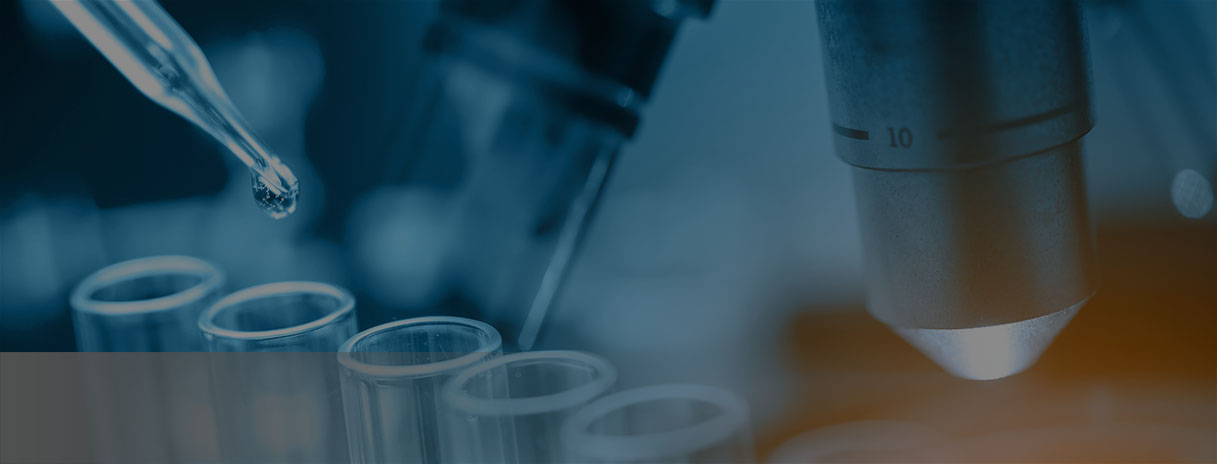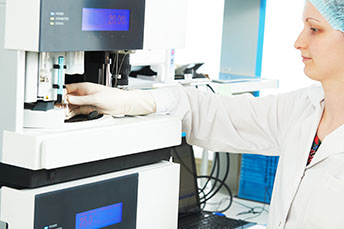
BPM (GMP) Certification
Introduction
In LAPROFAR Laboratories We are aware that any comprehensive guarantee system on the quality of pharmaceutical products must be based not only on a reliable system of procedures to authorize registration and marketing and on an independent analysis of the finished product, but also on the safety achieved through a independent inspection, that all manufacturing operations carried out are in accordance with accepted standards, commonly known as “Good Manufacturing Practices” (BPM for short in spanish, or GMP for short in english).

These practices include internationally recognized and respected standards whose choice and application is recommended to all member countries, which serve as the basis for the WHO quality certification system for pharmaceutical products under international trade.
Good Manufacturing Practices
In 1969, the 22nd. World Health Assembly approved the recommended standards for manufacturing and quality inspection of medicines. These practices include internationally recognized and respected standards whose choice and application is recommended to all member countries, which serve as the basis for the WHO quality certification system for pharmaceutical products under international trade.

The Standards of Good Manufacturing Practices (GMP) constitute an administrative instrument under which the state undertakes, at the request of an interested party to certify that:
The sale or distribution of the product is authorized.
The industrial facilities where the product is manufactured are subject to regular inspections to check if the manufacturer conforms to good manufacturing practices and quality inspection.
Thus, it is necessary for the National Pharmaceutical Industry to develop medicines, subject to BPM standards, which will facilitate the control and guarantee of their quality; giving security and reliability for its use, administration, dispensing and dispensing to the patient and health professionals.
The draft revised requirements for GMP consists of three parts:
The first part
“Quality management in the pharmaceutical industry: philosophy and essential elements”, outlines the general concepts of quality assurance, as well as the main components or subsystems of GMP, which are joint responsibilities of the main administration and administration of production and quality control. These include hygiene, checking, self inspection, personnel, facilities, equipment, materials and documentation.
The second part
“Good Practices in Production and Quality Control”, provides advice regarding the actions that must be carried out separately by the production and quality control personnel, for the implementation of the general principles of quality assurance.
The third part
It contains two complementary guidelines, but it is not a restrictive section, as it is planned to include other guidelines in the future, such as those related to biological products, materials for clinical trials, and testing.